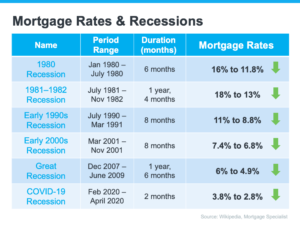Recent data and research have highlighted a significant trend among older Americans: the growing preference to age in place, choosing the familiarity of their own homes over moving to specialized care facilities. This shift in senior housing choices is driven by a combination of emotional attachments and financial considerations.
Understanding the Aging-in-Place Preference
Organizations focused on aging and advocacy have noted a clear trend: more seniors are opting to stay in their homes as they grow older. This preference is deeply rooted in the emotional connections and familiarity associated with one’s home. Margaret LaRaviere from the Chicago Department of Family Support Services emphasizes that seniors generally prefer to age within their own homes, where they have built memories and established a sense of comfort.
Personal Stories and Community Perspectives
Mary Mitchell, a columnist and director of culture and community engagement for the Chicago Sun-Times, shared her personal experience with aging in place. She highlighted the emotional journey involved in leaving a family home, which is often perfect for a younger family but may become less suitable for seniors due to factors like layout and maintenance requirements.
The Emotional and Practical Aspects of Aging in Place
The decision to age in place is not just about the emotional ties to a home. It also involves practical considerations, such as the suitability of the house for a senior’s needs and the financial implications of moving to a care facility. For many seniors, staying in their familiar environment, despite potential challenges, offers a sense of security and continuity.
Conclusion
The trend of aging in place reflects a broader shift in how seniors approach their later years. It underscores the importance of emotional well-being and financial practicality in making housing decisions. As this trend continues, it may also influence the broader housing market, affecting demand and availability in certain areas.
This growing preference among seniors to age in place is a reminder of the complex factors that influence housing decisions. It’s not just about the bricks and mortar; it’s about the memories, emotions, and practicalities that make a house a home.




